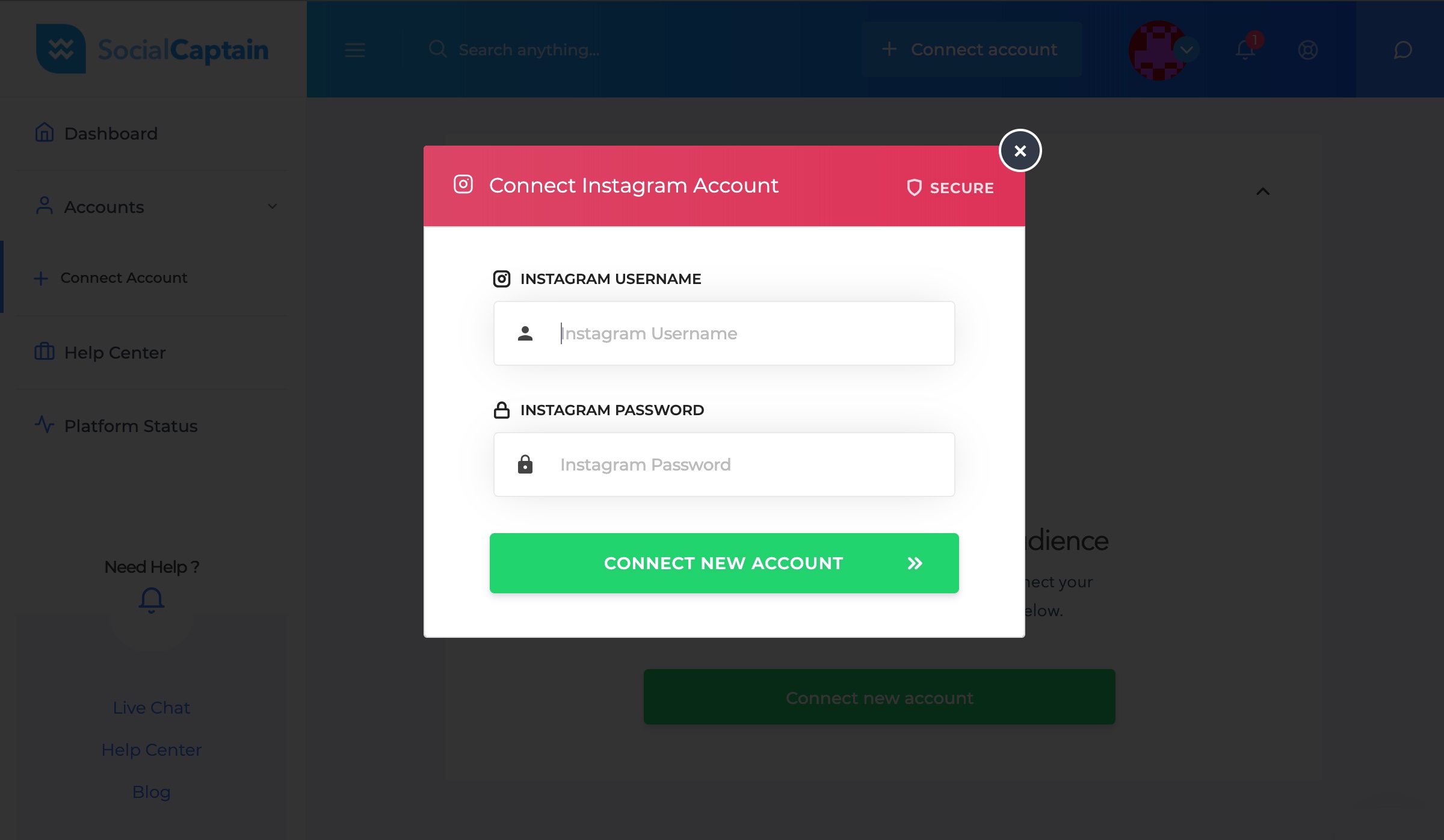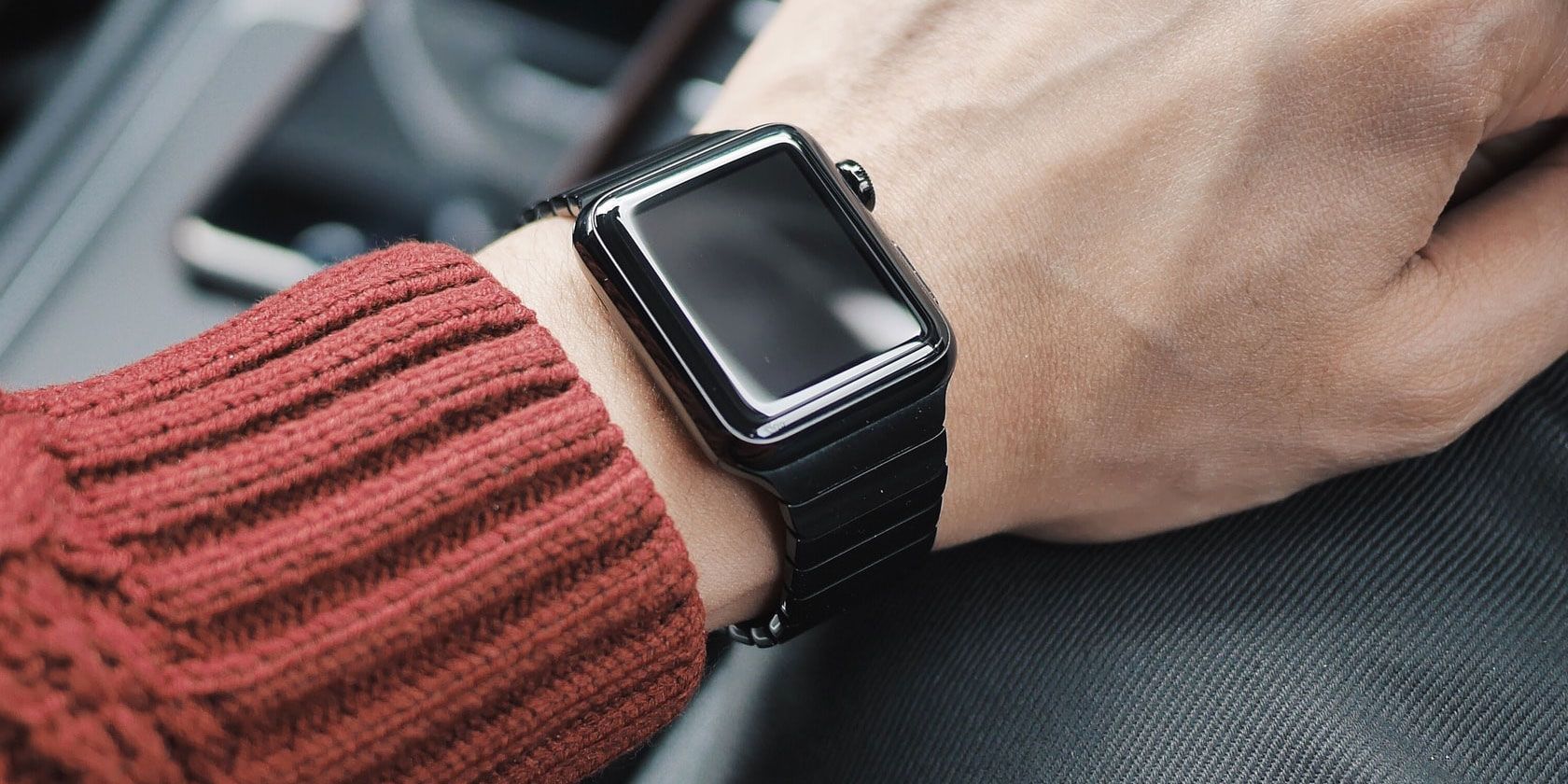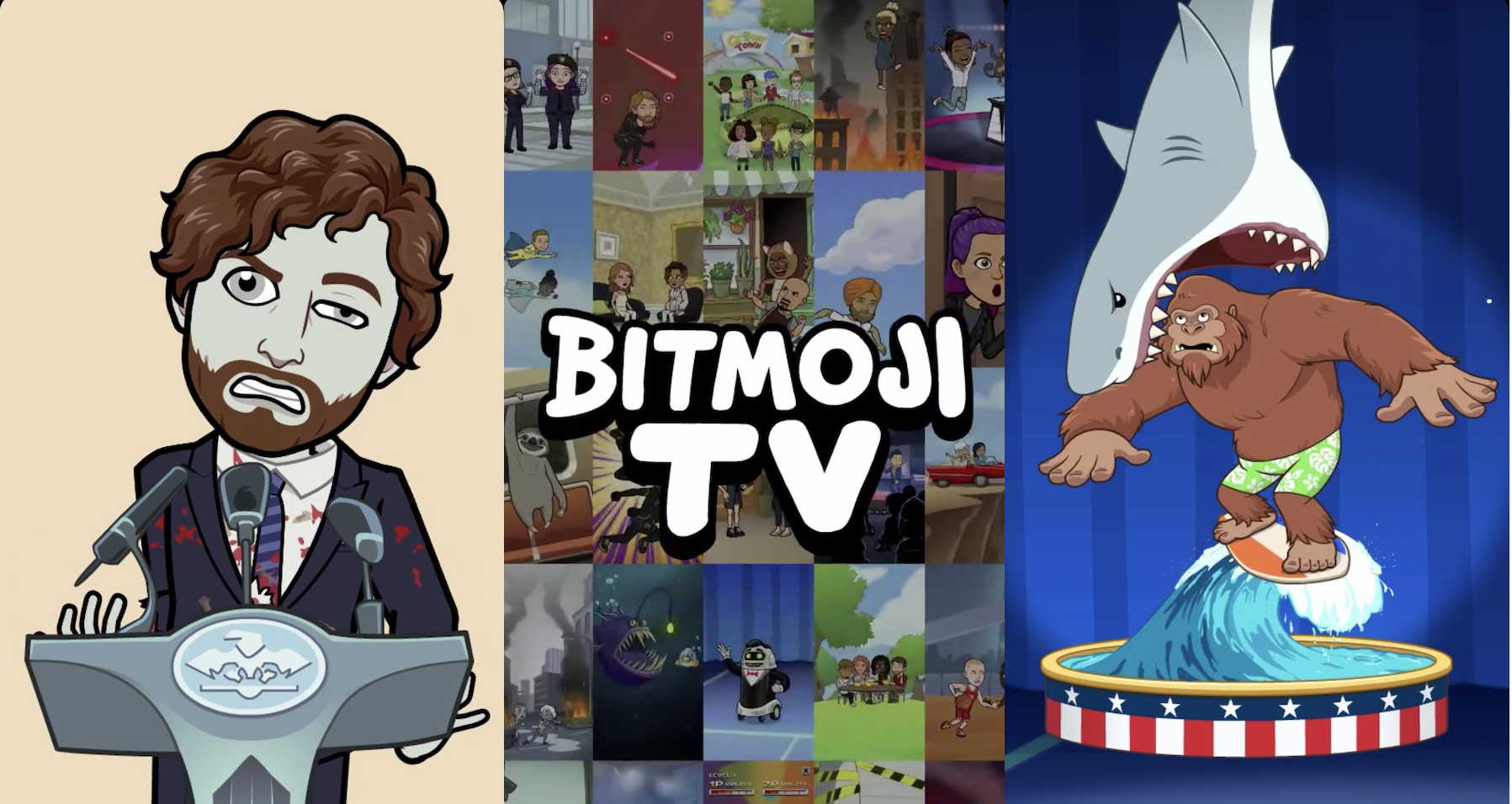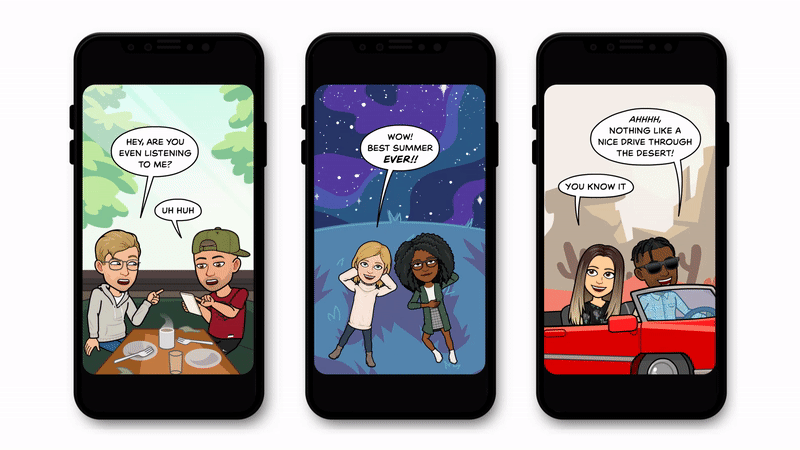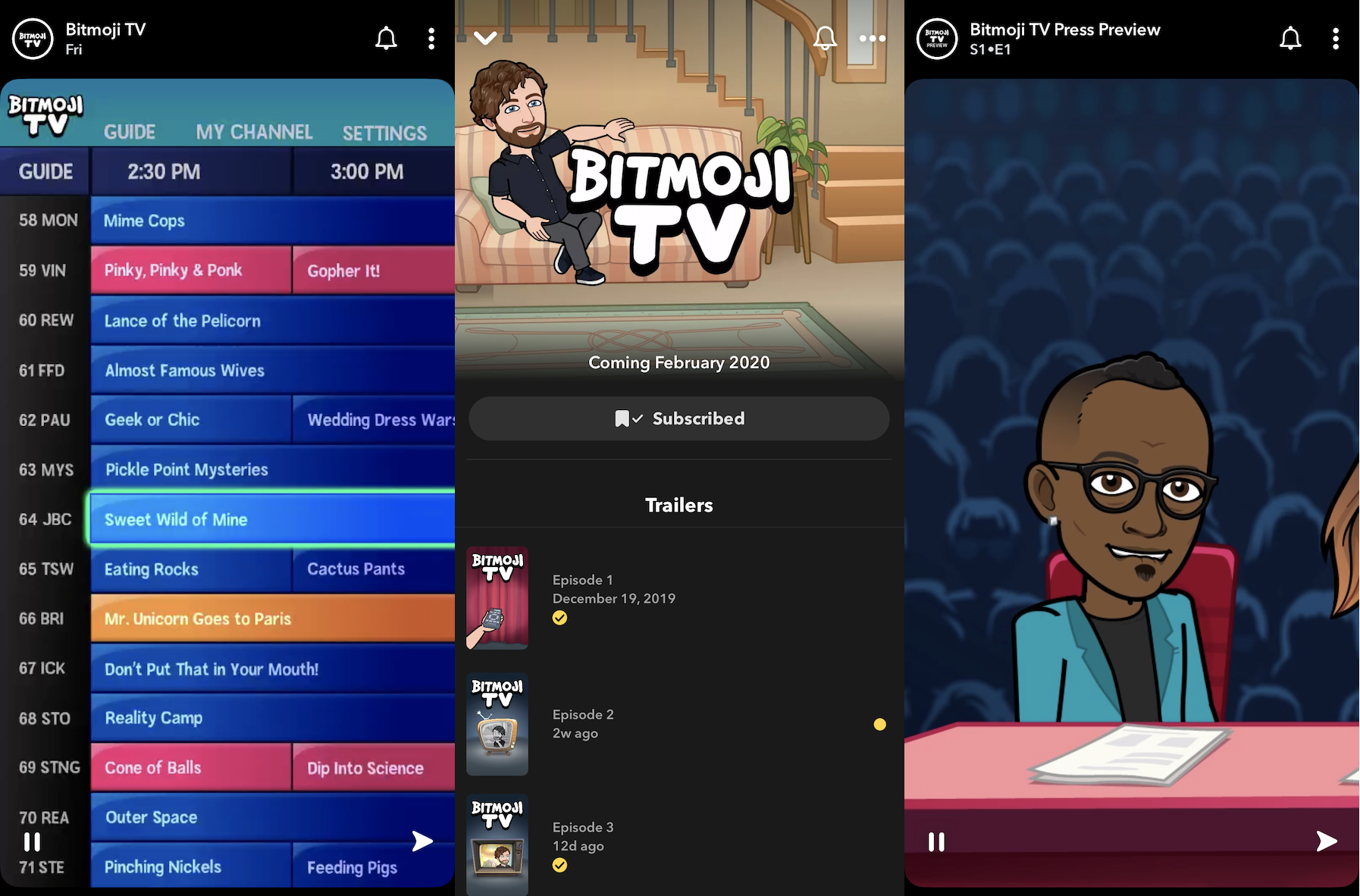Whether you’re interested in cloud storage to sync files across devices or because you don’t have enough local space, you probably want to find the cheapest cloud storage possible. After all, who wants to pay more than necessary?
Let’s take a look at the cheapest online storage options available. We’ll look at the pricing in both absolute terms and per-gigabyte so you can choose what’s best for you.
1. The Most Generous Free Cloud Storage: Google Drive
![Google Drive Home]()
Pricing: 15GB for free
The cheapest online storage doesn’t get any more cost-effective than free. If you don’t want to pay, Google Drive provides the most storage at no charge with a generous 15GB.
However, you should note that this storage is shared across your Google account. Thus, if you also use Gmail or Google Photos, you may find your storage disappears faster than you’d like.
If that’s the case, give pCloud a look. The service provides 10GB of free space, but you can easily increase that to 15GB by completing simple tasks after signing up. These include verifying your email address, downloading the software on your computer and phone, and enabling automatic photo upload.
2. The Best Budget Cloud Storage: iCloud
Pricing: 50GB for $0.99/month ($0.0198 per GB)
Our next category is budget cloud storage, meaning the lowest price you can pay (aside from free) for any amount of storage. That distinction goes to iCloud, which is the only major cloud storage provider to offer a 50GB plan.
50GB isn’t much space, but a dollar per month is the lowest absolute price you’ll find for cloud storage. This is probably enough to back up your iPhone or give you some room to move files between devices. Of course, being an Apple product, it’s best-suited for those who primarily work on Mac, iPhone, and iPad.
Its price per GB is one of the highest on the list, but that’s to be expected for such a small amount. If you purchase one of the plans with more storage, you can share the storage among your family. See the best uses for iCloud storage if you go with that.
3. The Cheapest 100GB or 200GB Cloud Storage: Google One
Pricing for 100GB: $1.99/month ($0.0199 per GB) or $19.99/year ($0.01666 per GB)
Pricing for 200GB: $2.99/month ($0.01495 per GB) or $29.99/year ($0.0125 per GB)
In case 50GB isn’t enough or you don’t use Apple devices, Google Drive (through Google One) provides the cheapest cloud storage for the next step up.
If you’re interested in a 100GB plan, you can save 16% over monthly pricing by signing up for an annual plan and paying just $1.67 per month. Meanwhile, the 200GB tier works out to just $2.50 per month when you pay annually.
As mentioned, Google now provides storage upgrades through its Google One program instead of buying it through Google Drive directly. In addition to the extra storage, this service also grants access to Google experts, the option to add family members to your plan, and “extra member benefits.”
These additional benefits include discounts on hotels, plus a percentage back on purchases made in the Google Store if you upgrade to the 200GB plan or above. This makes it the best cloud storage for heavy users of Google services. And if you need a massive amount of space, Google One plans go all the way up to 30TB.
4. The Cheapest 500GB Cloud Storage: pCloud
Pricing: 500GB for $4.99/month ($0.00998 per GB) or $47.88/year ($0.00798 per GB)
We gave pCloud’s free plan a shout-out earlier, but it’s also the only major cloud storage provider to offer a 500GB plan. This is the first storage tier where prices fall below $0.01 per gigabyte, making it more cost-effective.
Of note is that pCloud limits you to 500GB of download link traffic, which is used when people stream or download content from your public links. As long as you don’t primarily use your cloud storage to host files for others to access, this shouldn’t pose an issue.
We’ve looked at pCloud in detail before, so take a look at that for more info. If you really like it, you can upgrade to a lifetime 500GB plan for a one-time fee of $175.
5. The Cheapest 1TB Cloud Storage: MediaFire
![MediaFire Plans]()
Pricing: 1TB for $5/month ($0.005 per GB) or $45/year ($0.00375 per GB)
Many people use MediaFire primarily for sharing files with others, but it works as a personal cloud storage solution, too. Its 1TB pricing is the cheapest you’ll find, but it unfortunately has some issues that might make you look elsewhere.
MediaFire doesn’t offer desktop apps, so you’ll have to sync everything using the website or mobile apps. Its security and privacy features are lacking compared to other providers, and it skips on some power features that make other cloud storage so handy.
Give it a look if you only care about price, but for most people, there’s a much better option at the 1TB level…
![OneDrive Storage Plans]()
Pricing: 1TB for $6.99/month ($0.00699 per GB) or $69.99/year ($0.00583 per GB)
If you’re a Microsoft Office user, the best value in cloud storage is Microsoft’s Office 365 Personal plan. In addition to a terabyte of cloud storage through OneDrive, you receive fully featured versions of Office for your PC, Mac, and mobile devices. This includes Word, Excel, PowerPoint, and Outlook—plus Access and Publisher on Windows only.
Office 365 subscriptions also include 60 minutes of Skype calls per month, in addition to Microsoft tech support. If you were interested in Office anyway, this is a no-brainer.
Families can get an even better value through an Office 365 Home subscription. For $9.99/month or $99.99/year, you’ll receive the above benefits for up to six people.
7. The Cheapest 2TB—4TB Cloud Storage: Sync.com
Pricing for 2TB: $96/year ($0.004 per GB)
Pricing for 3TB: $144/year ($0.004 per GB)
Pricing for 4TB: $180/year ($0.00375 per GB)
Dropbox, Google Drive, iCloud, pCloud, and lesser-known Sync.com all offer a 2TB plan. They’re close in pricing, but pCloud and Sync.com have the edge at $8/month each.
We’ve spoken about pCloud above, so let’s focus on Sync here for large amounts of cloud storage.
Like pCloud, Sync has a focus on privacy and offers plenty of solid features that make it worth a look. The service places no limits on the amount of data you share per month, and offers an impressive 180 day file recovery (365 days on the 3TB and 4TB plans), compared to 30 days for pCloud.
Since the two services are similar, it’s worth trying a free account for both and seeing which you like better before you decide to upgrade. If you need even more storage, Sync also offers a 3TB plan for $144/year or 4TB for $180/year. Each are the most cost-effective at their tiers.
Note that iDrive, a backup tool (not affiliated with Apple), offers a 2TB plan for $69.50/year, which is a significantly lower cost. However, since it offers cloud backup and not cloud storage, we didn’t include it here. Have a look at the best online backup services if you’re looking for something like that.
8. The Cheapest Massive Cloud Storage: MEGA.nz
![MEGA.nz Cloud]()
Pricing for 8TB: $22.17/month ($0.00277 per GB) or $221.81/year ($0.00231 per GB)
Pricing for 16TB: 500GB for $33.26/month ($0.00208 per GB) or $332.72/year ($0.00173 per GB)
If you need an absolutely massive amount of cloud storage space, the cheapest cloud storage you’ll find is on MEGA.nz. This longtime cloud storage service was once known for offering 50GB of free space. While it no longer does so, it offers the best value at this storage tier.
MEGA might not have quite the level of familiarity as services like Dropbox, but it’s certainly usable and offers solid features. Considering that Google One charges $99.99/month for a 10TB plan, these prices are a steal for the few that need them.
The Cheapest Online Storage for Your Files
Now you know what the cheapest cloud storage provider is at every tier. Whether you’re just looking for free cloud storage or need a huge amount on a budget, you can find the right one for your needs.
While we mainly went by price here, it’s important to consider the ease of use, feature set, and integration of your cloud storage service as well. It might be worth paying a few extra dollars per month for those benefits.
Don’t forget about other options for storage, either. In many cases, buying one of the best NAS units could work out to a lower cost than paying for cloud storage.
Read the full article: 8 Cheapest Cloud Storage Providers
Read Full Article

